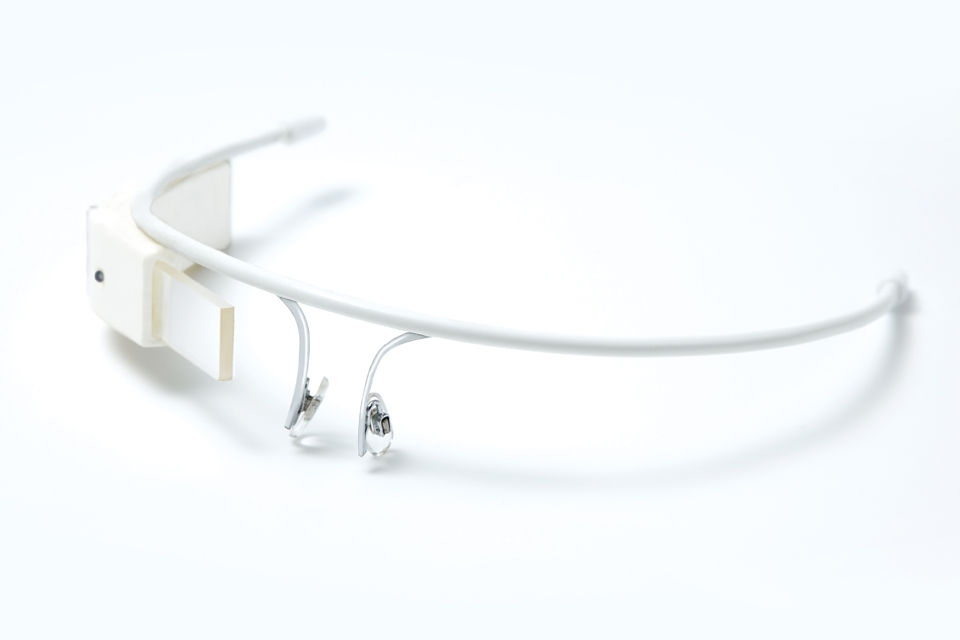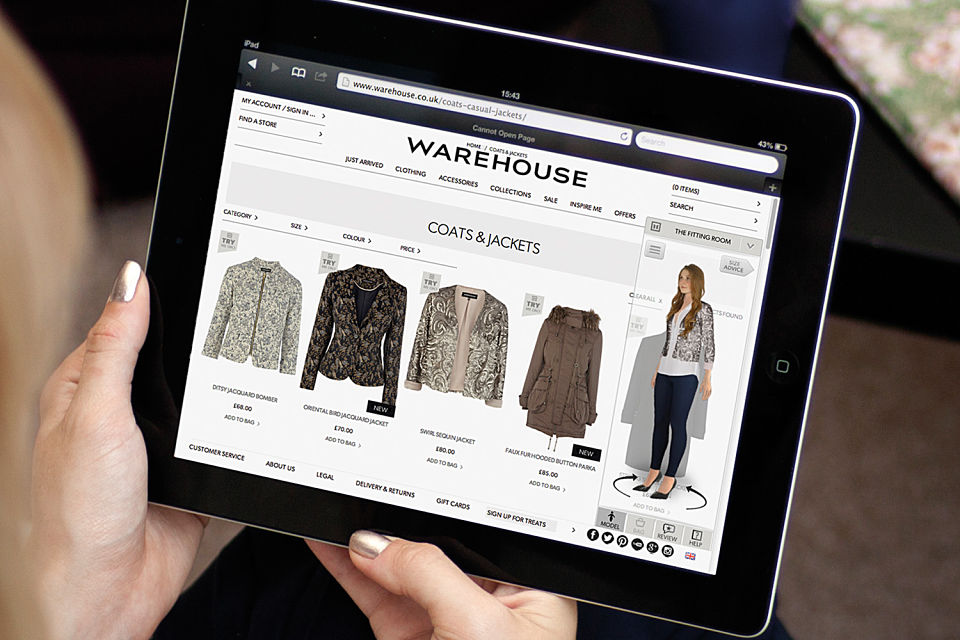Beyond e-commerce to everywhere-commerce
Updated 15 July 2014
1. Consumer spend fuelled by technology

Copyright: Stocksy
Trade is borderless. Wifi is everywhere. There is no time delay on money. Smart mobile device ownership is on the rise worldwide. The combination of technology and the services it enables is stimulating consumer activity as society spends more and more time online. Mobile devices have driven this change with sales of smartphones and tablets surpassing laptops and desktops in 2013. Activity on social media platforms reflects this transition to an “always-on” culture and for many brands mobile is the strategic growth channel amongst the range of channels they operate.
There were a total of 6.3 billion global mobile subscriptions in 2012. For 2013 there were 6.8 billion. International Telecommunications Union
These days it is possible to reach customers in parts of the world a UK brand would not have had reach – total accessibility, global reach – the digital platform allows us to know our customers like never before.
Julie Deane, Managing Director, The Cambridge Satchel Company
2. Consumer behaviour changed by technology

Copyright: Getty
If the effect of mobile has been rapid it is likely the next generation of wearable technology will be even more dramatic. Not only will it create another channel for retailers but it will rebalance the way consumers shop for brands. Google Glass and Samsung’s watch show how unobtrusive connected devices can become by going from separate objects to being integrated into everyday products. Mobile devices have already changed the way consumers shop, wearable technology will reinforce the ability of consumers to buy anywhere and do so when and how it suits them. When the consumer is “always on” and the market consists of multiple touch points for display and others for sell-though, the market is literally everywhere.
The value of the wearable device market in 2013 was $2.5bn. It is expected to rise to $12.6bn by 2018.
Business Insider
3. Consumer relationships with brands changed by technology

Copyright: Metail
The days of just optimising full version sites are over and retailers are now going to have to find new levels of skill to optimise mobile as part of the customer journey. Tracking journeys across multiple devices and giving customers relevant content will be a new exciting challenge for brands.
Neil Samson, E-Commerce Director, Moss Bros
In future the relationship between consumer and retailer will change; the new entrant is the device maker. The device maker will own the primary relationship with the consumer because the retailer’s brand will be accessed through their screen. These changes go to the heart of how a company will present its brand in the future as the role of data grows in importance and retailers search for new ways to compete against the competition and to connect directly with their consumers.
The relationship between consumer, device and data will grow closer, and brand owners will be challenged to respond. They will need to forge relationships with technology brands, build knowledge in data and explore new communications frameworks to maintain awareness among consumers.
Brands will need to stand out and be destinations that consumers want to spend time with during and outside of the buying cycle. Without this they will be lost as more and more companies of all types compete for screen time with consumers. Brand owners will need to adopt the mentality of media companies, invest strategically in content and understand the best channels to use to distribute it, by optimising the mix of owned media, earned media and paid‐for media.
As the world becomes smaller through globalisation and new technology, the consumer is benefiting from more choice and convenience. At Pentland we like to follow the consumer and work with partners who are making their lives easier and more convenient.
Andy Rubin, CEO, Pentland Brands Plc

Copyright: iStock
4. UKTI’s E-Exporting Programme
More and more UK companies are engaging in digital opportunities to accelerate their global export potential. By 2018, the value of UK e-commerce is estimated to be £60 billion (from £10 billion in 2013).
Being at the vanguard of e-commerce, UK companies are well placed to take advantage of digital opportunities that will allow them to access international markets.
Retailers are now adopting an omni and multi-channel approach, where goods and information are delivered to the consumer through all available shopping channels, including mobile devices, bricks and mortar and TV and radio.
UKTI’s E-Exporting Programme will support the brands and retailers to take advantage of these opportunities:
-
digital advisors available across UKTI’s network, available to meet with UK companies
-
ongoing support and advice through an e-passport programme
-
e-commerce advice available on UKTI’s YouTube Channel (www.youtube.com/UKTIweb) and www.opentoexport.com
-
Online Communications Review to ensure that your online presence is maximised for international markets
-
bespoke events, both online and face to face – find out more about our events by following @UKTIEvents on Twitter
-
industry news, statistics and advice available through @UKTIRetail and @UKTIFoodDrink on Twitter
As part of the E-Exporting Programme, UKTI is also building relationships with the world’s leading online marketplaces, which allow UK companies to list themselves and export their goods to new international markets.
UK brands such as Burberry, Marks and Spencer, Karen Millen, Barbour and Fred Perry are already selling through online marketplaces and are seeing growth in sales due to global demand for British goods. UKTI’s E-Exporting Programme is the first and only programme of its kind in the world to fast track the setting up of brands on these platforms and to position UK retailers at the forefront of international e-commerce.
5. UKTI Retail Industry International Action Plan
The UKTI Retail Industry International Action Plan aims to:
-
deliver £500m value to the UK economy through assisting up to 1,000 businesses with their international growth in the two years to March 2015
-
provide support for up to 600 retail sector SMEs to help with their international growth
-
work with Business Ambassadors, the Catalyst programme and the International Trade Advisor Network to prepare the UK retail sector for international trade
-
tailor UKTI support programmes and increase the uptake of these services to UK retailers seeking to internationalise their businesses
-
increase the professionalism of the UKTI global network of support for the retail sector, including working with private sector providers to deliver information and advice.
6. Online retail in numbers
-
the UK has the highest share of online retailing in the world
-
consumer electronics, appliances and apparel account for 44% of online retail sales
-
2013 saw £32 billion online retail sales in the UK, of which £4.2 billion was to international customers
-
China has the most online shoppers at 220 million and the most internet users at 517 million
-
mobile accounts for 14% of online sales in USA and 8% in Europe
-
global online retail sales have increased 17% yearly since 2007
Sources: UKTI, BRC-KPMG, IMRG-Cap Gemini, BRC, ONS, Centre for Retail Research, IORMA
Arrange a face to face meeting with an ITA
